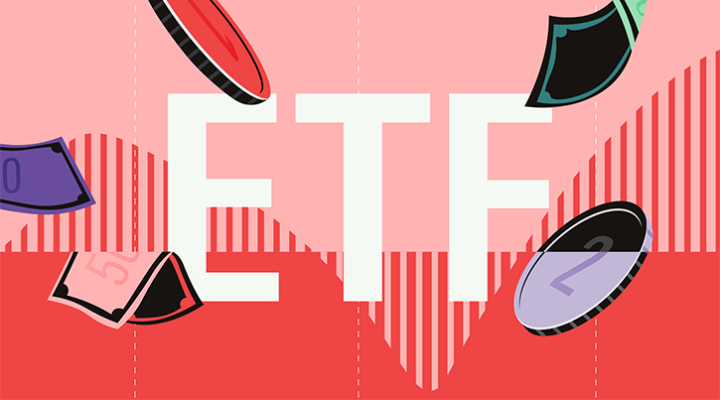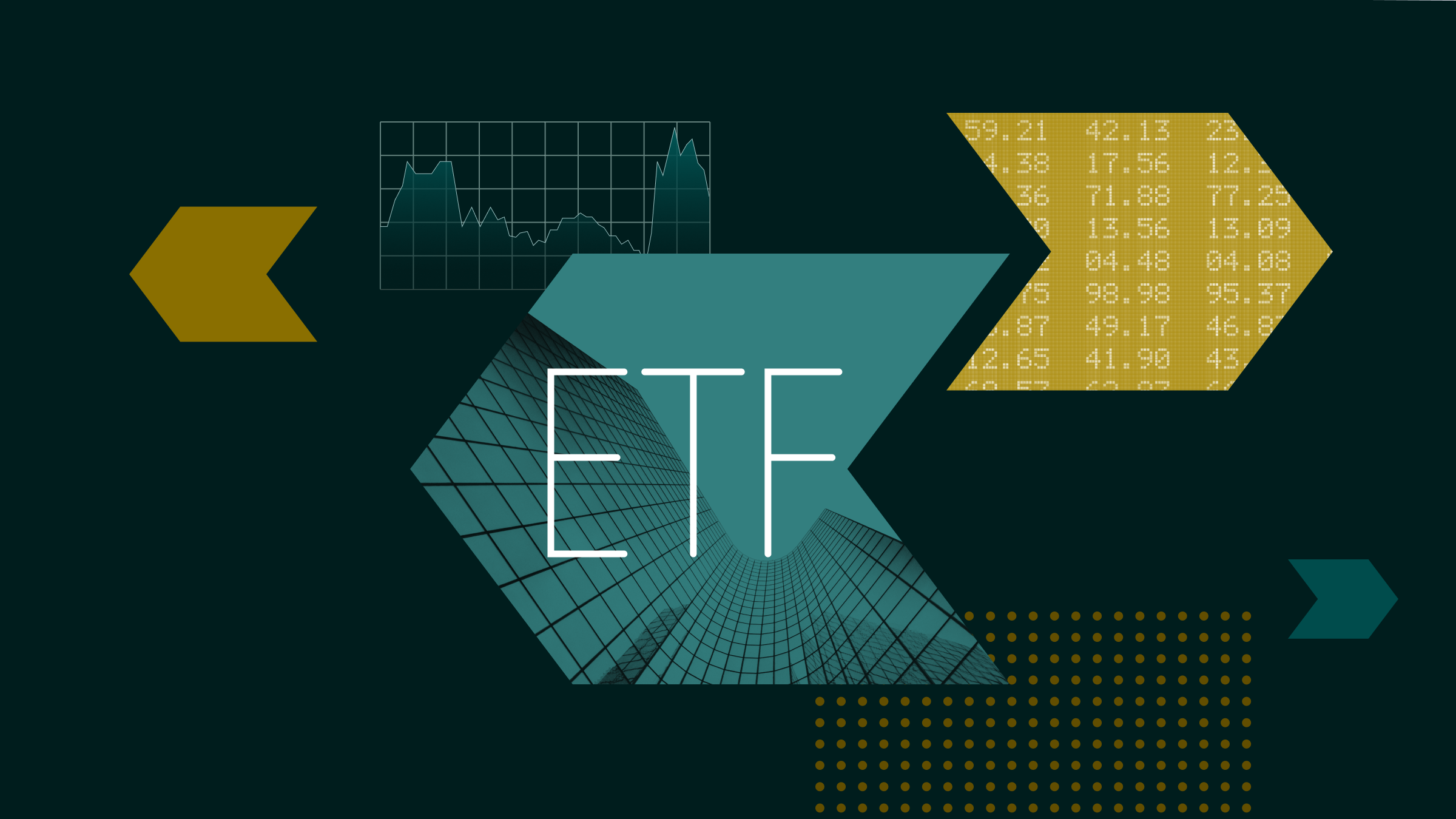
One factor that characterised 2017 stock markets was the record low levels of volatility. There were just 17 open-to-close movements of more than 1% in the FTSE 100 throughout the whole year, according to data from AJ Bell.
That marked the lowest levels of volatility since 2005. In the aftermath of that year, the stock market advanced for a further 18 months before slipping back, suggesting more gains are not out of the question.
However, “markets are always at their most dangerous when making money seems easiest”, cautions Russ Mould, investment director at AJ Bell. “Healthy returns from global equities in 2017 mean that there is a danger that investors are lulled into a false sense of security,” he adds.
Many analysts expect a pick up in volatility this year, with Mould noting that after the previous low in 2005, volatility picked up sharply to reach a crescendo of over 200 open-to-close moves of 1% or more in 2008.
But most currently only forecast a return to normal volatility levels. Mike Bell, global market strategist at JPMorgan, says he expects business surveys to peak at some point this year, meaning we will go from a world where things are going from OK to great, to one where things are going from great to OK.
“It wouldn’t be that unusual in that scenario for you to see a return to, not wild volatility, but just a return to perhaps somewhat normal volatility where you get the standard type of market corrections that you see every year but that didn’t happen last year,” Bell continues.
James Bateman, chief investment officer for multi-asset at Fidelity, says he fears that markets are trending up too easily. He notes the growing popularity of products that allow investors to bet that volatility is going to stay low or get lower is a cause for concern.
Structured Products for Volatility Concerns
Investors can play this theme through structured products, which generally are aimed towards more sophisticated investors, and certain exchange traded funds.
“That’s all fine – until it goes wrong,” he says. “As we know, when people are betting one way on something and then the market starts moving the other way, everyone suddenly scrambles for the exit, and it’s going to be a pretty narrow door.”
It’s a self-fulfilling prophecy, he says: “If volatility will starts going up, lots of people in the products betting on low volatility are inherently going to try to jump ship at the same time. That in itself will create a vicious spike in volatility.
“There’s a very real concern that one of the things that unwinds the current uptrend is a panic over the levels of volatility.”
Bell worries that should volatility spike it could cause some trend followers to reverse their positions. However, it’s not an immediate risk.
While expectations are for volatility to return, there’s certainly a scenario where the current ‘goldilocks’ economic environment persists and volatility remains low. “I certainly wouldn’t be betting on volatility rising – that was an expensive trade last year,” says Bell.
So, having heard predictions for some kind of correction from the likes of Legal & General, is a crash on the way? Well, Bateman says that the current upswing and that seen in 2007 “basically look identical”.
This means “there’s that slight spectre that maybe we’re in 2007, so maybe the music’s not stopping now but it’s going to stop in a year or so”.
Generally, as always, should that time come the advice is to sit tight. Bell points to the stock market crash in 1987 as an example. Despite the magnitude of those falls, Bell says the lesson from the period is to “hold on”. “It was so quick and sharp that it was nigh-on impossible to time.”





























